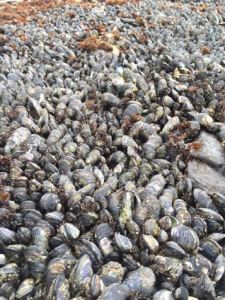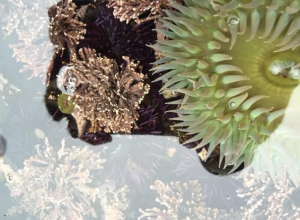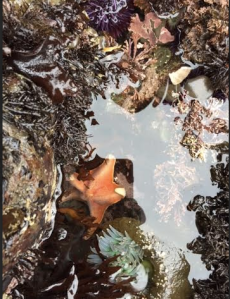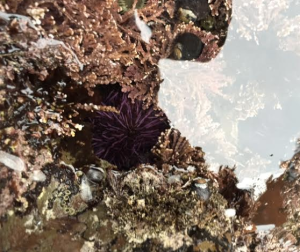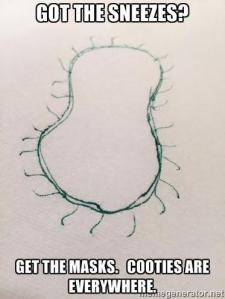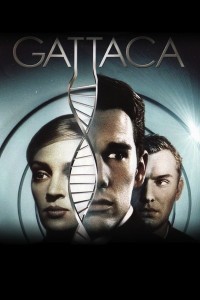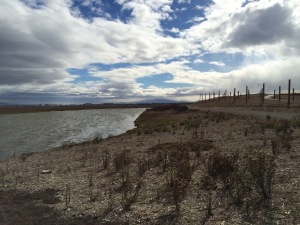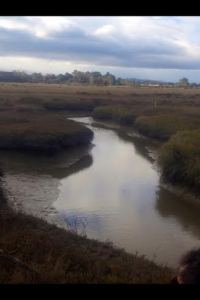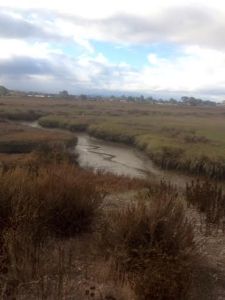Eating insects sounds disgusting – at least it used to for me. When I learned about all the health benefits to consuming insects and tried some food with crickets in it earlier in the year, I realized that eating food with insects wasn’t so bad! Check out my tweet from last semester here!
Many people find the mere idea of eating insects disgusting, but I think that, over time, if we start gradually integrating insects into everyday diet, it will become more “acceptable” in people’s minds. I believe that a diet focused more on insects would prove to be much more efficient, beneficial, and cost-effective. I know that it would be hard to accept for many people; I find it a bit hard myself, but by being more educated about the benefits and by trying out some food, my perspective has already changed!
Check out Chapul on Twitter – they create flour from crickets and make delicious, healthy bars from the insects! https://twitter.com/chapul
Also feel free to take a look at this video explaining how Chapul Cricket bars are made!
